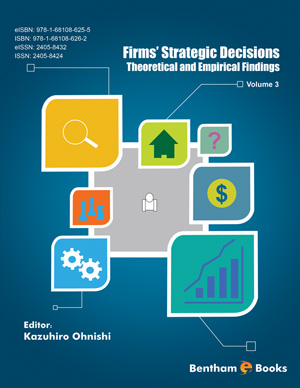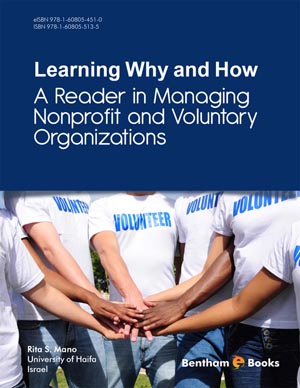Abstract
Today’s disasters, many of them man-made or at least triggered by human activity, endanger an increasing number of humans in large geographic areas in numerous different ways, calling for more attention concerning appropriate reactions. We discuss what constitutes a “disaster” and analyze different response types (including Flight/Run Away, Fight/Intervene, Freeze, Submit/Sustain/Endure, and Ignore/Deny). Concentrating on the classical Fight/Intervene response, we investigate several alternative ways to view interventions: systemic (bringing a system, i.e. the object under danger, back to its domain of viability), process-oriented (characterizing an intervention as a set of interlinked process steps), organizational (identifying systemic strategies and tactics), and human (considering Social Responsibility, psychological problems, mental health, and multicultural aspects). We will also identify the role that modern Information and Communication Technology can play in supporting First Responders by making their job easier and at the same time more effective.
Keywords: Catastrophes, communication, computer support, disasters, fire brigades, first responders, human aspects, human reactions, information









.jpg)


